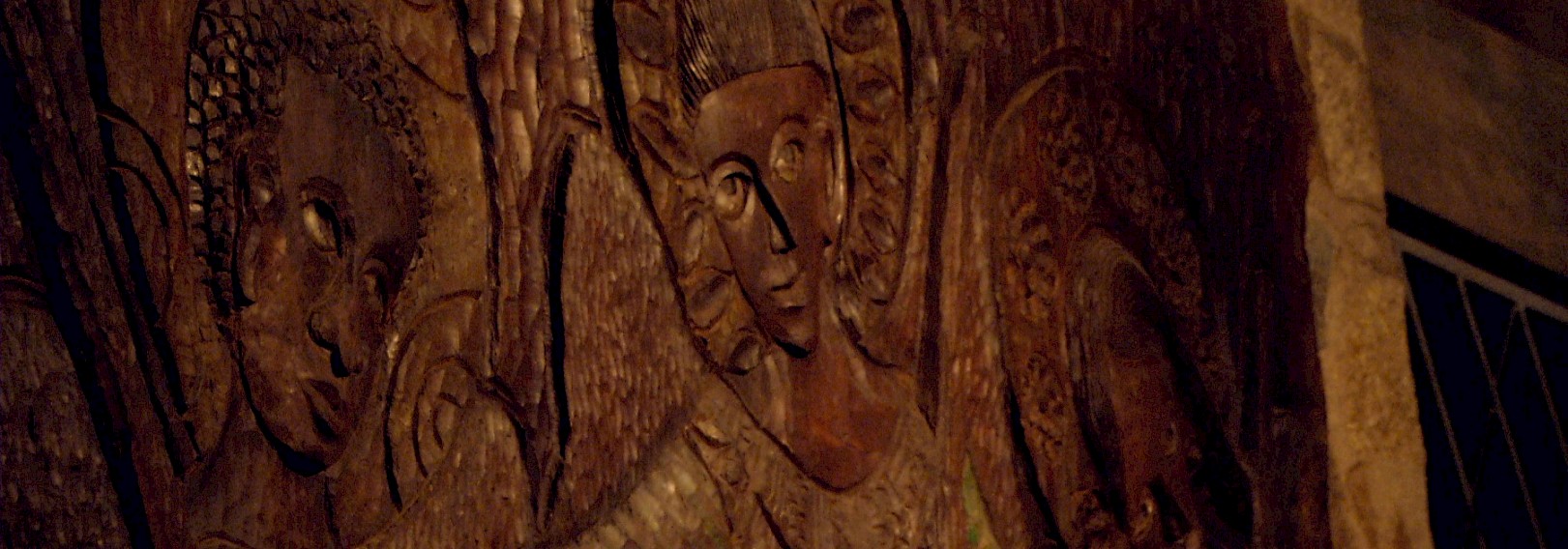Igreja da Libertação
17:13
Maundy Ceremony (Cerimônia Lava-Pés). Igreja da Libertação. Goiás Velho City.
Igreja da Libertação
Washing the feet of those closer to you, especially of those with a social responsibility to serve, is a reminder for humility; a simplicity that has been flowing in water since Jesus performed the ritual in the Last Supper with the twelve men of his Roman Catholic and Apostolic Church.
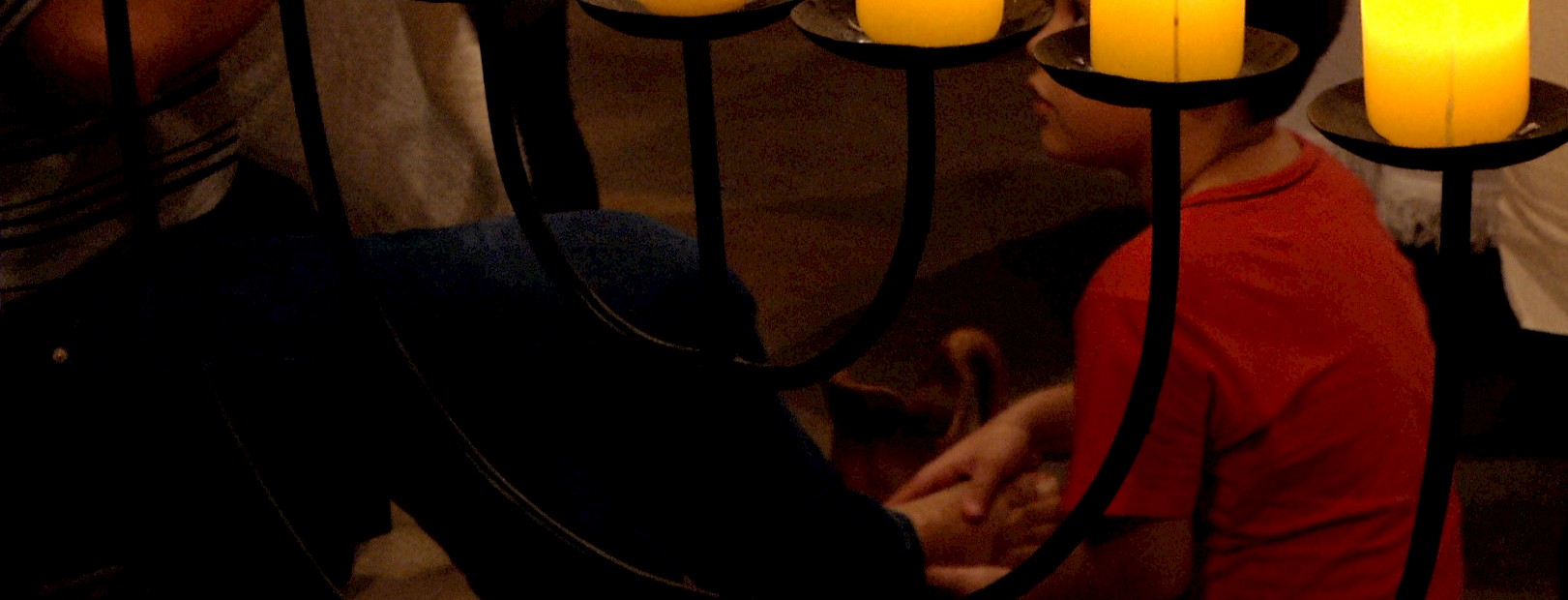
Reading of the Gospel, reenacting of a biblical passage. Sharing bread and wine while singing faithful choruses to the man who gave his life to save humanity. The meeting feels more like a mass on Maundy Thursday, somewhere in the heart of Brazil, celebrating Christ’s life, death, and resurrection.
But, to those who are open and attentive, a sound reveals that there is something new about this celebration: an atabaque, a musical instrument seen in rituals of African descent as in Candomblé and Umbanda, blaring through the hands of the ceremony leaders. Communion seems to be more autonomous than usual… each participant chooses a piece of bread from a basket and dips it in wine… feeding from the faith in something similar, something different.
“How can one announce Jesus’s death and resurrection to indigenous people in the face of extermination?
How can one announce the Good Tidings of Salvation to exploited populations?”
Founding issues to the Liberation Theology in Latin America, by Leonardo Boff
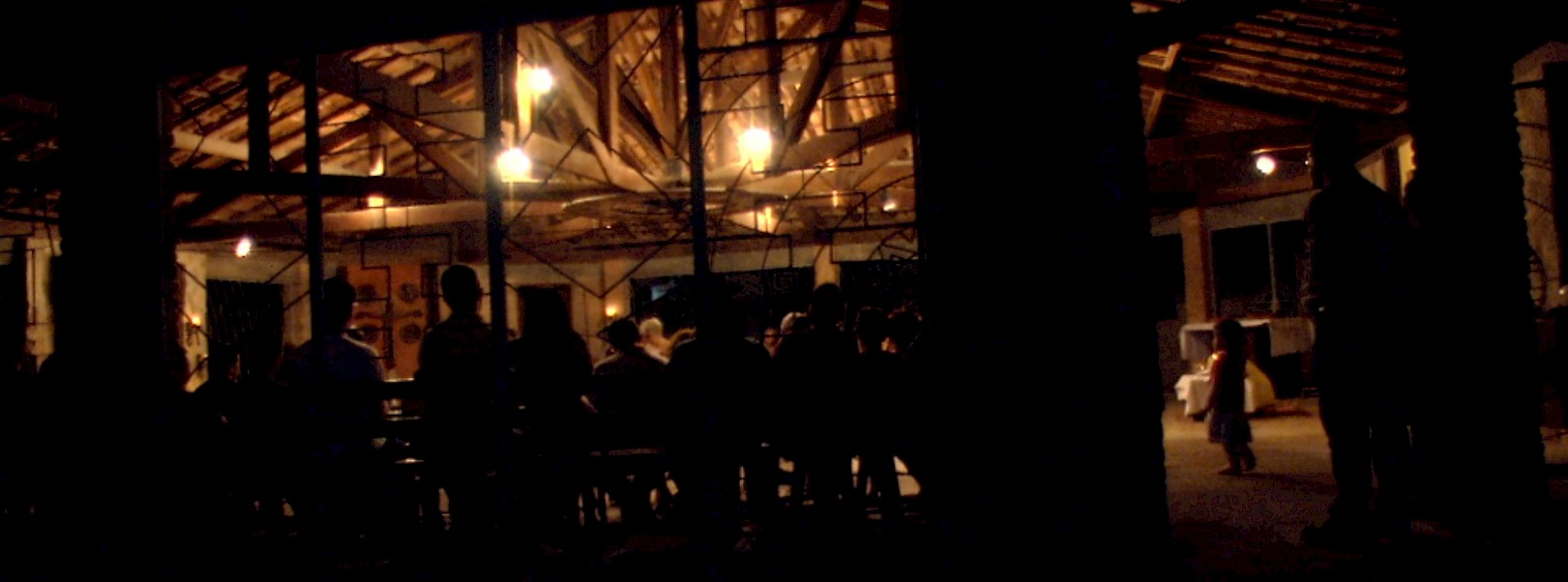
It was a troubled 20th century for the traditional Catholic Church in Latin America: a nonpartisan movement, however political, emerged to bring forward the proletarian world / bourgeois world duality as a more central issue to religion than the earthly world / spiritual world duality. The Liberation Theology, created in the 1960s, has its bases rooted on the reality of poverty and exclusion rather than on ecclesiastical reality.
Through ecumenical services and the coexistence of several schools of thoughts, this Theology proposes renovations for Catholicism and interprets Jesus’s teachings as liberating from social, economical, and political injustice. Because it absorbed teachings from Umbanda, Shamanism, and Islamism, this new science of faith was an inconvenience to some – and it still is – mostly due to the voices and texts by people like the priest Gustavo Gutiérrez from Peru, Leonardo Boff from Brazil, and Juan Luis Segundo from Uruguay.
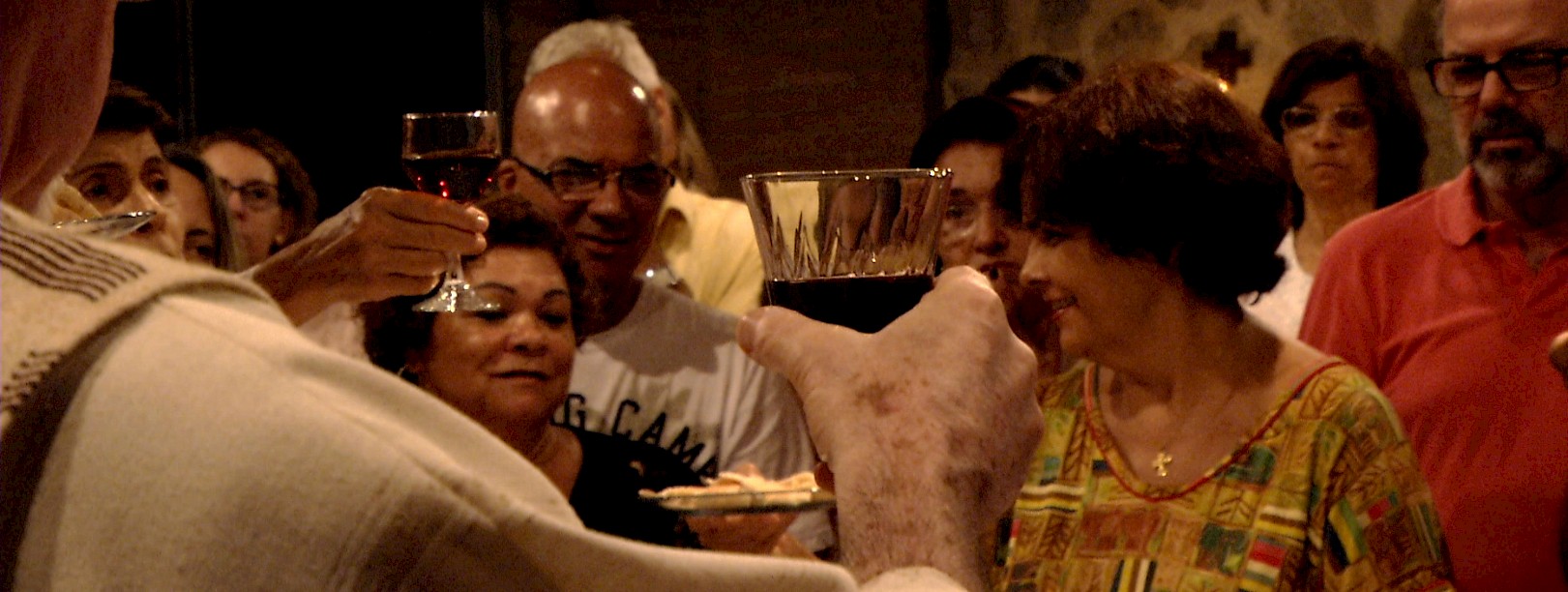
But why turn the studies on a procession of faith into an analysis of social reality? Well, the answer is: to improve this very reality. According to the Liberation, the purpose of a church in peripheral countries is to free people from so many of life’s injustices. Christianity, therefore, should be interpreted analytically and anthropologically so that the mechanisms of oppression can be revealed and opposed.
A religion founded upon an Eurocentric vision of the world must, for its followers, be revised and distance itself from social neutrality. After all, the salvation Christ proposes can only be complete if there are equal rights.
“Glory to God in the highest
and on earth, peace.”
Worship in celebration of the Maundy Ceremony at Igreja da Libertação in Goiás Velho
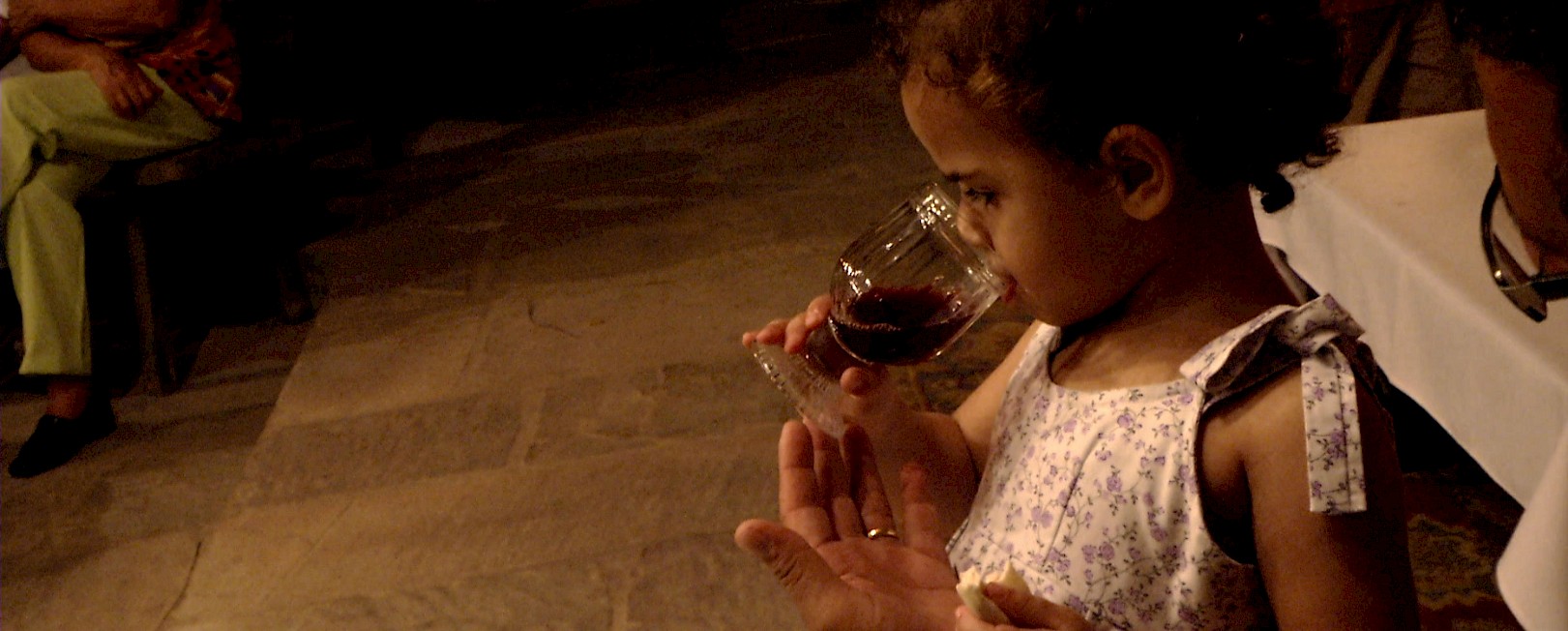
Many will deem liberation theologians as Marxists and heretics. The Vatican has reprehended the main leaders, including Brazilian Leonardo Boff, for misrepresenting the Catholic Church. Maybe that’s because this militant faith exploded beyond southern borders and conquered many followers and scholars throughout the world, mainly in the Academia.
Condemned by the most strict, celebrated by those in search of tools for renovation and world rapprochement. If today this theology that didn’t see the rise of new leaders and new spaces has little ceremonies and followers, the Liberation is forever crystallized in science: there have been hundreds of books published by those who devoted their time to making a record of this new faith, a new look into the deeds and sayings of a man who insisted in walking and talking about love.
